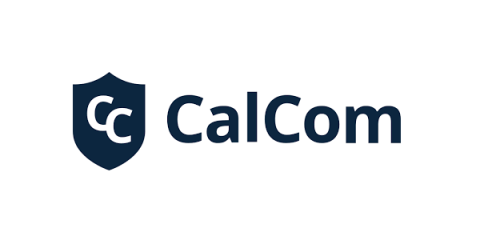Revamping Egnyte's Sharing & Permissions: A User-Centric Journey
Great product design not only boosts engagement but also improves user efficiency and productivity. At Egnyte, we understand this deeply and focus on bridging the gap between business requirements and agile feature development, ensuring a seamless user experience. The faster users grasp product features, the sooner they see a return on investment. To achieve this, we aim for intuitive and simple product design.










